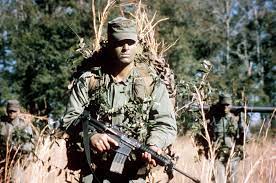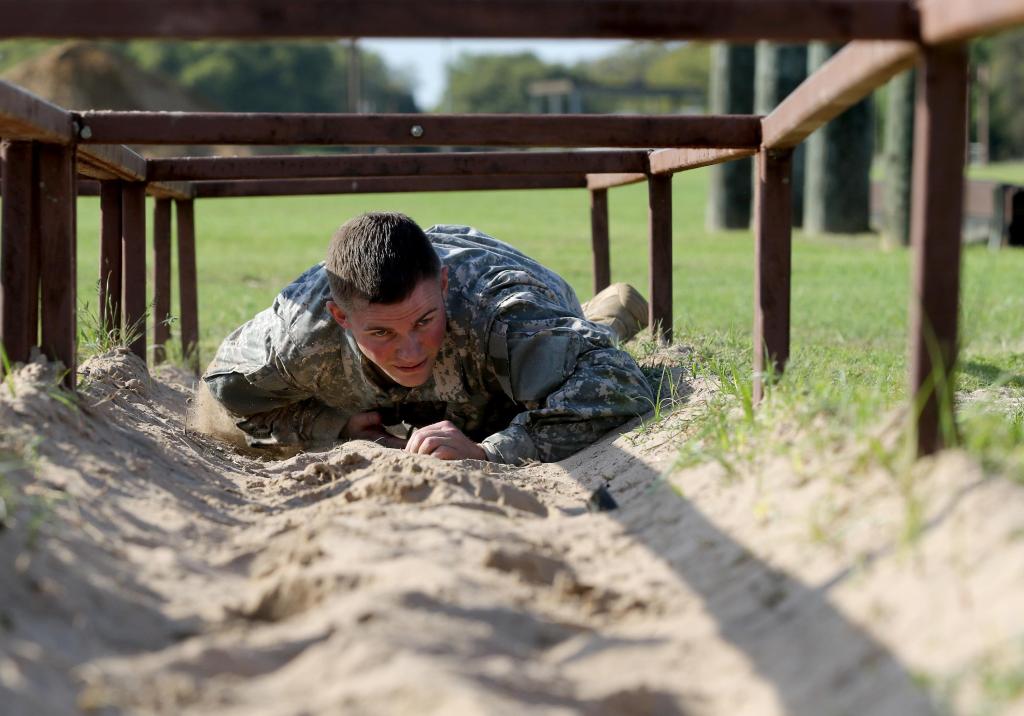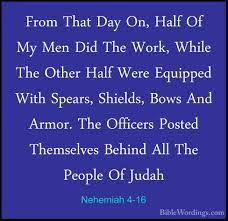
In their training manual on Fieldcraft, the Canadian Forces define Fieldcraft like this:
“Fieldcraft is made up of the individual skills and techniques used by soldiers in the field, which include movement, use of ground and camouflage in conditions of reduced visibility. These skills and techniques enable soldiers to maintain their own security while gaining advantage over the enemy.”
-Fieldcraft, Canadian National Defense
In a preparedness sense, it’s something we overlook a lot. Sure, groups get together and train, but what do they train on when they get together? Shooting. First Aid. But never something as simple as how to walk to quietly in the woods or in a team formation.
Be honest with yourselves, when is the last time you practiced low crawling 100 meters? Back crawling under a fence? How about the proper method of crossing a wall?
The truth of the matter is we don’t train in these areas. There are a number of reasons for this. The biggest reason is that everyone thinks that reading the Warrior Skills Handbook or FM 7-8 (Infantry Rifle Platoon & Squad) is enough. It isn’t. You don’t learn physical skills by reading.

Another reason is “I learned that back in boot camp”. You sure did. When was the last time you tried to do it, though? The low crawl uses some very specific muscle groups that you don’t use every day. Like any physical skill, the minute you don’t train on it, the muscles get weaker.
Another problem emerges as people in your group come together from different training backgrounds. Different services do things differently. One persons idea of a low crawl is actually a high crawl (we’re looking at you, Air Force peeps).
What we are doing at Tactical Wisdom is developing a common training manual, that your team can all train from, standardizing several basic individual movement techniques. We are drawing the best techniques from the US Army, the USMC, the Canadian Forces, the British Armed Forces, and the ANZAC’s and putting them in one manual.
Our Fieldcraft Manual will cover Survival mindset, individual movement techniques, some basic team movement, observations skills, how to set up a secure and sanitary overnight location, how to analyze terrain, basic urban tactics (including limited gray man skills), individual fighting positions, and other “fieldcraft” skills for your team or for you individually to train on. The ultimate in gray man is to never be seen at all, and fieldcraft helps with that.
Why is it important that everyone on your team know the same individual movement techniques? Well, imagine that you are moving and trying to avoid contact and you send someone to check out the other side of a wall. If they haven’t learned the proper way, they’ll alert anyone around to your presence. Also, if I tell someone to low crawl, but they actually high crawl, they are at risk of being seen, or even of being hit by friendly fire if you are suppressing over their heads.
A standardized manual for your team’s training is the answer. Even without the manual, just getting together and training regularly on the same technique will help.
Fieldcraft is also about how to establish a secure overnight position. It will do you no good to spend you day evading other groups in a WROL situation, only to have a sloppy campsite at night and get wiped out when someone stumbles into the site and you aren’t prepared. The answer is training.
Fieldcraft involves other skills, like field sanitation. If you don’t properly set up your overnight site, you can contaminate your site. This will lead to illness and in a WROL situation, that can be deadly. When was the last time your preparedness group discussed field sanitation?
“But if I’m bugging in, why would I want to study fieldcraft?”. No matter how you envision the WROL situation, there will be times when you need to leave your own perimeter. You may have to get water or food. You will certainly want to patrol the local area, so that you can detect threats before they are at your front door.
There may even come a time when the safest course is for you to bug out temporarily with your gear, to avoid contact. You may leave for a few days until a threat group leaves the area.
The next time your group gets together, spend some time on individual movement techniques and movement as a team. Practice setting up observation posts and fighting positions. Practice getting into a hasty ambush position in case someone was following you.
These skills will be infinitely more important than shooting skills or the CQB that everyone loves to train on. Yes, you need those skills, but these skills will be used every single day, and we don’t train on them on now. Start working on it.

As the above quote from the Ultimate Tactical Handbook shows, even Nehemiah used Fieldcraft. He had half of his people working, and the other half pulling security duty. Thousands of years old, but still solid preparedness advice today. In fact, every modern Western Military force still uses Nehemiah’s standard.
Check out http://www.survivalblog.com for a lot of great survival information. I’m a regular contributor over there as well, and I have a few articles scheduled there in the next few days.
As always, if you’d like to help us produce more great content, including helping us produce the Fieldcraft Manual to assist with your group training, please donate.

Donation – May 2021
Donation to produce content.
$5.00
The pic titled, “low crawl” is the, “high ctawl.” Here is the “low crawl.”
https://rdl.train.army.mil/catalog-ws/view/100.ATSC/408A1076-EB4A-418B-B220-FDCF38676A88-1274420757964/cd22-04/lcrawl.html
Thanks.
LikeLiked by 1 person
Yeah, not sure how I did that. It’s clearly the high crawl.
LikeLiked by 1 person
It happens….no harm, no foul. Was interested in your shot at the AF on calling the high crawl the low crawl. The Security Forces troops must be doing some weird crap these days. Never, ever, ever saw anything like that, and I was armpit deep in teaching Air Base Ground Defense (our early name for USAF ‘infantry’ skill sets) at the 3287th School Squadron and then out in the field (what they now call 343 TRS – OPFOR) for most of my AD career. We taught straight out of FM 21-75, FM 7-8, and then ST 21-75-3. Of course, I retired a couple decades ago. What they do now? Who knows. Could be snowflakes have taken over….from what I’m hearing, all the branches are being dumbed down to one extent or another…and it’s a cryin’ shame.
Nice site; I’ll be stopping by regularly.
LikeLike